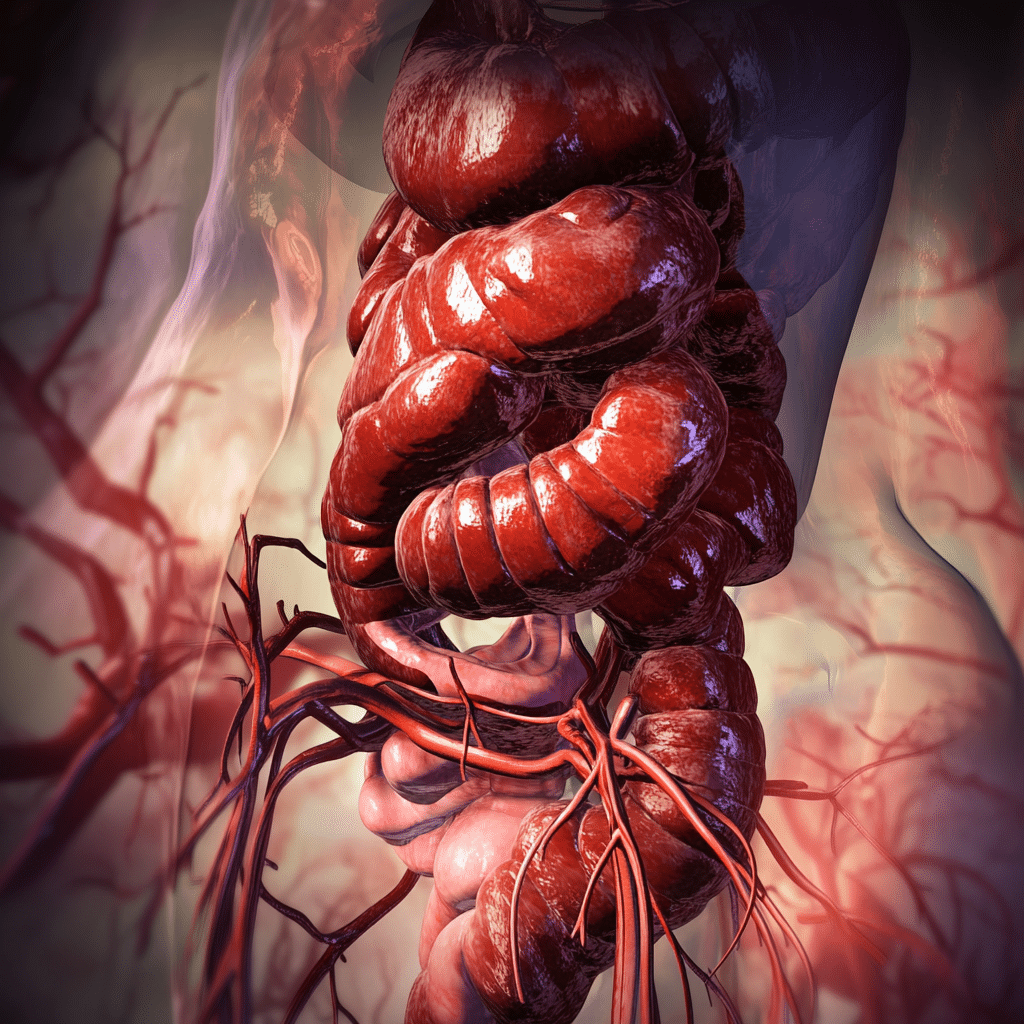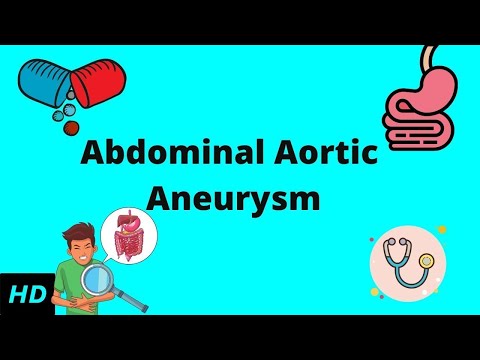
Understanding Abdominal Aortic Aneurysm Symptoms: What You Need to Know
Hey there, fitness warriors! Ready to take your health and wellness to the next level? Well, let’s pump some iron on a topic that might not be a part of your regular workout routine but is just as crucial: abdominal aortic aneurysm (AAA) symptoms. Knowledge is power, and knowing the signs could save your life, just like that squat that delivers you the perfect six-pack!
An abdominal aortic aneurysm is a ballooning of the aorta in the abdomen. It’s often silent until it becomes a serious threat. This article aims to help you recognize the essential abdominal aortic aneurysm symptoms while keeping you motivated to stay fit and healthy. So grab your protein shake, and let’s dive in!
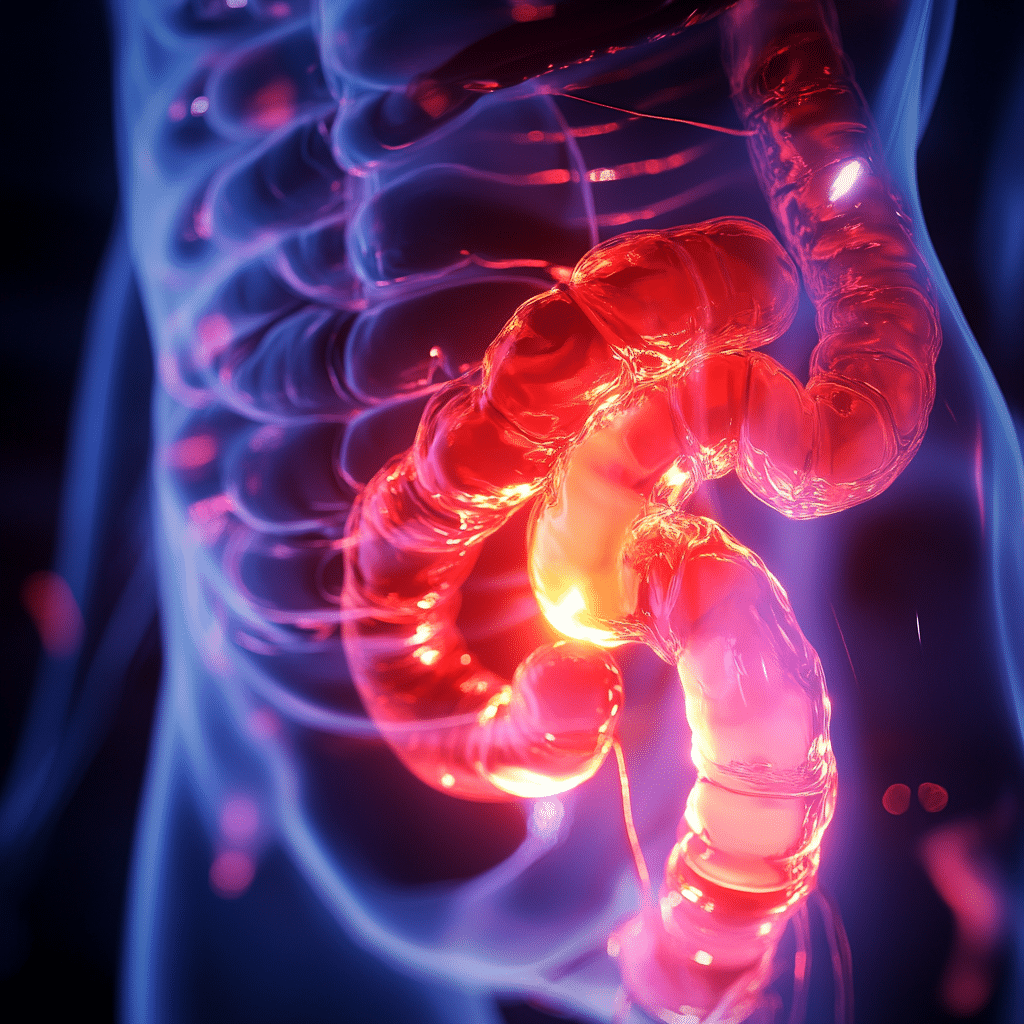
Top 7 Abdominal Aortic Aneurysm Symptoms That Can Save Your Life
Have you ever felt a pulsing sensation near your belly button? This isn’t just your imagination—it’s a significant signal regarding your health. A pulsating feeling could indicate a growing aneurysm. It’s often mistaken for a muscle spasm, but if you’re at risk—especially if you’re over 65 or a smoker—don’t brush it off!
Picture this: you’re lifting weights and suddenly feel a sharp pain in your abdomen or lower back that just won’t quit. Intense discomfort like this can stem from an AAA. If this pain comes on suddenly and is unlike regular back pain, it’s critical to seek help immediately. Remember, staying aware is just as important as your deadlift form!
A sensation of fullness can seem like another case of overeating or bloating, right? Wrong! This feeling might indicate that an aneurysm is growing. Combine this with other symptoms, and you’ve got a recipe for urgency. Keep your routines in check, and don’t shrug off unusual sensations!
Okay, so nausea and vomiting can happen to anyone, especially after a cheat meal! But if these are paired with other abdominal aortic aneurysm symptoms, such as severe abdominal pain, it’s time to wake up and smell the coffee—or in this case, visit a healthcare provider.
If you notice pain shooting down your legs—or discomfort in your calves—listen up! This symptom can be overlooked but might relate directly to blood flow issues caused by the aneurysm itself. Even the fittest out there need to be in tune with their body.
Is your heart racing like you just finished a sprint? Elevated heart rate or palpitations can kick in when an aneurysm is in danger of rupturing. If you pair that with sudden back pain or abdominal discomfort, your body might be signaling an emergency. Don’t let fear keep you down—get it checked out!
Your skin can sometimes reveal what’s happening inside. If you notice pale or bluish skin, it’s time to take action seriously. These changes might indicate compromised blood circulation, potentially a sign of an imminent rupture. It’s as important to check your skin as it is to flex those biceps!
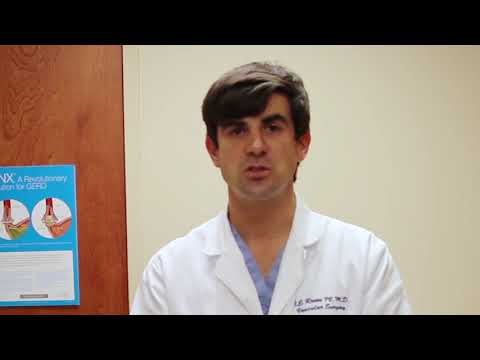
The Link Between Abdominal Aortic Aneurysm Symptoms and Aortic Dissection
Here’s another health nugget: an abdominal aortic aneurysm can lead to a serious condition known as aortic dissection. This occurs when the inner layer of the aorta tears, often causing severe chest pain that radiates to the back or abdomen. Recognizing this duo can be your best ally in timely intervention. Awareness of both sets of symptoms—AAA and aortic dissection—gives you the upper hand in safeguarding your health.

Impact of Osteoarthritis Treatment on AAA Patients
Let’s pivot a bit! Have you ever considered how your joint health ties into vascular health? Individuals undergoing osteoarthritis treatment might experience a range of effects on their circulatory system. Research shows that anti-inflammatory medications, commonly used in osteoarthritis, could play a role in managing AAA symptoms. For instance, non-steroidal anti-inflammatory drugs (NSAIDs) can impact blood flow and pain perception. Let’s not ignore the vital connection between your joints and your arteries—it could be a game-changer.
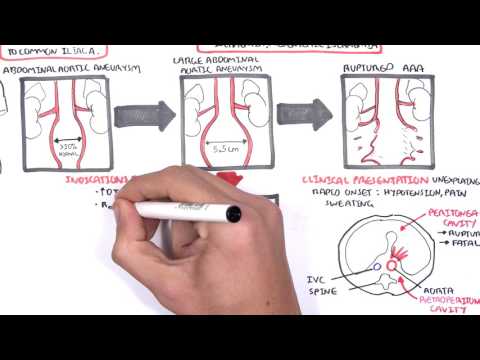
Rare Complications: Amniotic Fluid Embolism and AAAs
Now, here’s something you might not be aware of. While amniotic fluid embolism (AFE) is typically associated with pregnant women, it can complicate existing vascular anomalies like AAA. While generally unrelated, when a pre-existing aneurysm meets AFE, it could significantly complicate medical responses. This is another reminder to keep all your medical records in check and ensure doctors are aware of any vascular conditions you might have.
Proactive Health Measures for AAA Awareness
Alright, here’s where we take action! Proactive health measures play a pivotal role in combating AAA risks. Regular screenings, especially if you’re over 65 or have a family history of aneurysms, can result in early intervention. During your routine check-ups, discussing symptoms should be a norm, fostering a culture of awareness in your fitness journey. Taking charge of your health is as important as that last push on leg day.
Final Thoughts on Recognizing Abdominal Aortic Aneurysm Symptoms
In closing, understanding abdominal aortic aneurysm symptoms is key to prevention and early detection. The sooner you recognize these signs, the quicker you can seek help and potentially save your life. No one wants to mix up a pumping workout with a medical emergency!
Coupled with ongoing research into treatments, staying informed puts the reins in your hands. So share this information with friends, and don’t hesitate to advocate for your health! Awareness is your first line of defense against this life-threatening condition. Remember, you’re not just a machine; you’re a finely-tuned athlete! Keep pushing forward and stay healthy; your body will thank you in the long run.
Now, let’s finish strong and keep pushing those limits—while keeping an eye on our health! After all, you deserve a shredded physique and lifelong vitality. With this knowledge, you’re not just ready to hit the gym; you’re ready to own your health!
Abdominal Aortic Aneurysm Symptoms You Must Know Now
Be In The Know!
Did you know abdominal aortic aneurysms can develop quietly without noticeable symptoms? A stark fact is that around 80% of folks with an abdominal aortic aneurysm don’t even realize they have it until something goes seriously wrong. A common warning sign is an intense, sudden pain in the abdomen or back—almost like you’d feel when you spot an unexpected jump scare in a horror flick, right? Speaking of surprise moments, the scream 3 cast teaches us that knowing your plot can save your life! Just like learning the signs of an abdominal aortic aneurysm can help you take action before it’s too late.
What to Watch For
Other symptoms can include a pulsating feeling near the belly button, or a sudden drop in blood pressure. It’s wild to think how these signs may just pop up, like a small bowel obstruction that suddenly takes center stage in your body. If you experience these symptoms, don’t just brush them off – be proactive! An alarming statistic is that AAA can lead to a potential rupture, which often results in severe internal bleeding. Take a lesson from Taylor Swift, who isn’t afraid to shine in the spotlight and be bold—don’t hesitate to seek medical advice if you feel concerned.
Importance of Awareness
Knowing about abdominal aortic aneurysm symptoms isn’t just for you; it can help your loved ones too! Heart disease and its complications can create ripples in families. If you or someone you know shows these signs, think of it as taking a detour on a journey to health, maybe even to an Alamo Drafthouse wrigleyville for a moment of leisure post-check-up! Also, keep in mind that certain lifestyle choices, like taking omega 3 Supplements, can help maintain vascular health, potentially reducing risks over time.
Final Takeaway
In conclusion, always keep an ear to the ground for these abdominal aortic aneurysm symptoms. Getting familiar with the signs could save a life, just like recognizing high potassium Symptoms can alert you to other health issues. Ensure you’re watching out for those signs and don’t hesitate to get checked if something feels off. After all, it’s much better to be safe than sorry, right? So, stay informed and spread the word!
